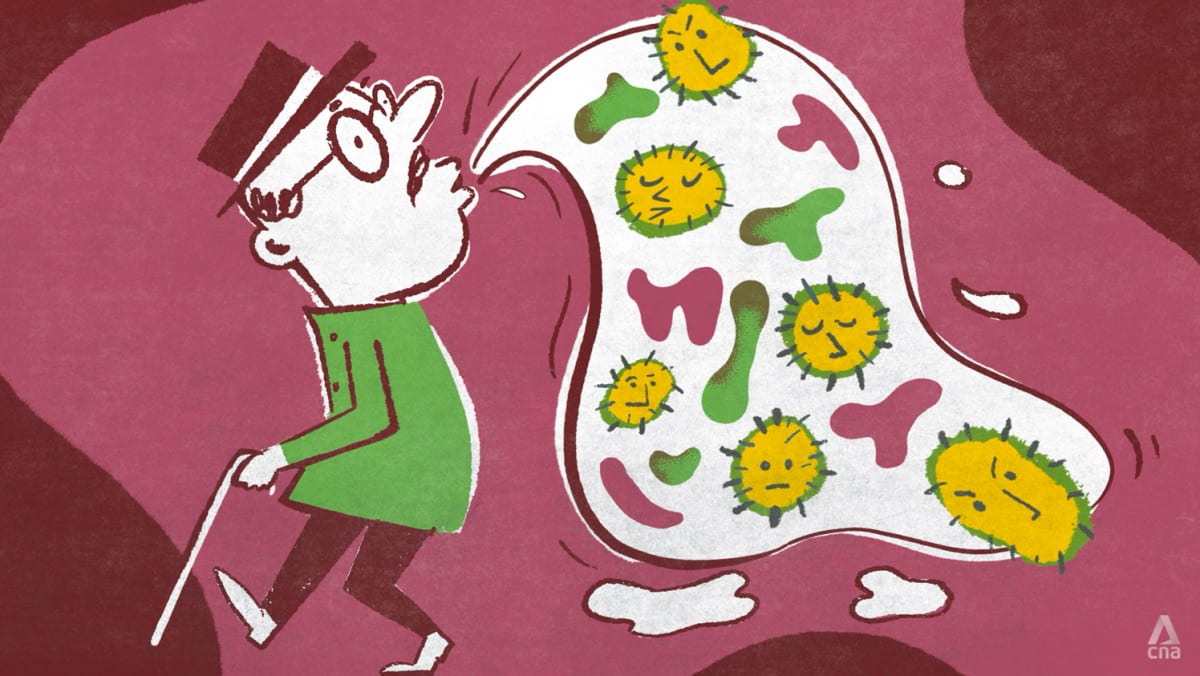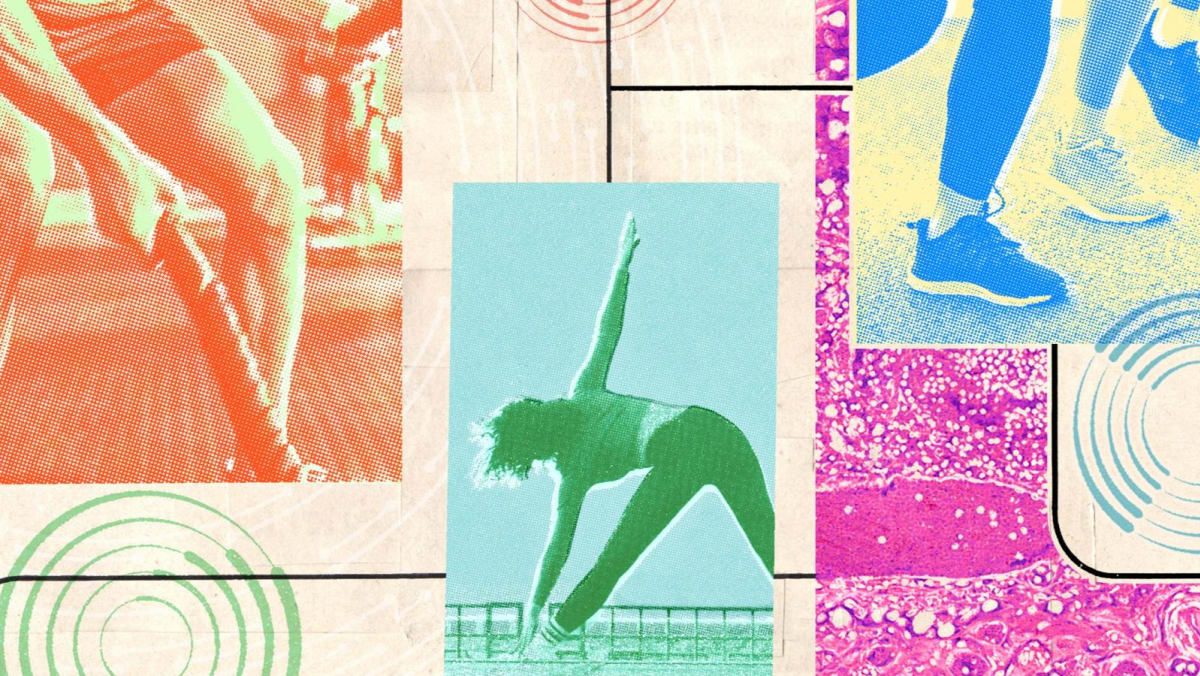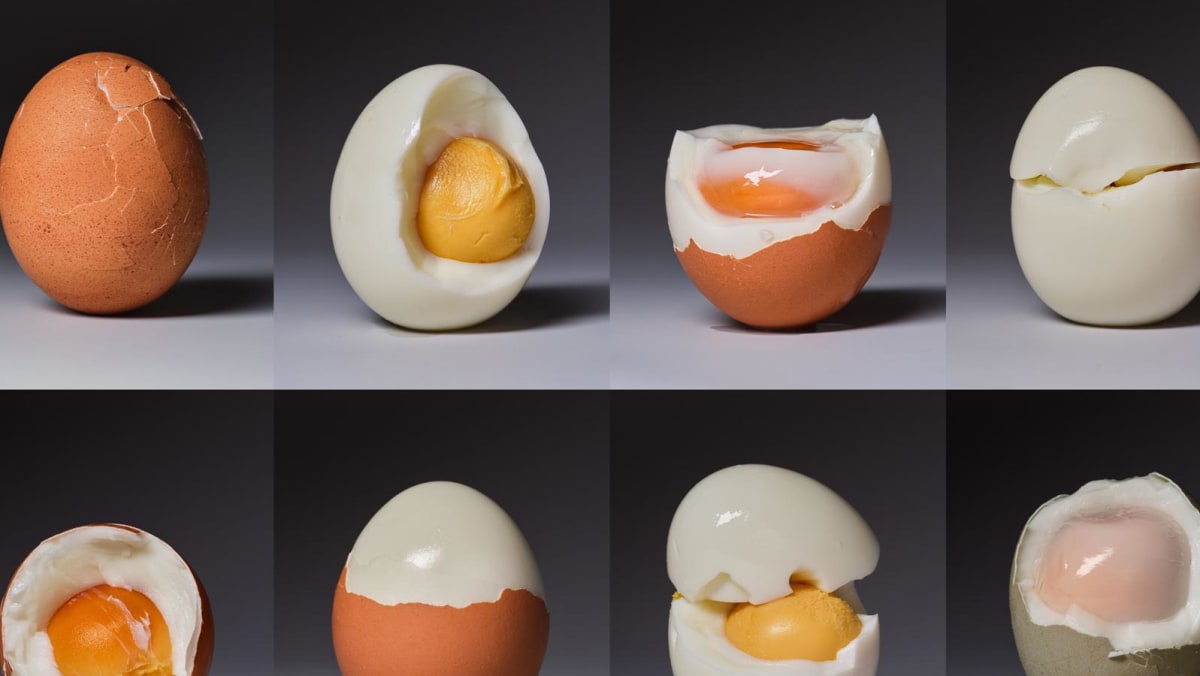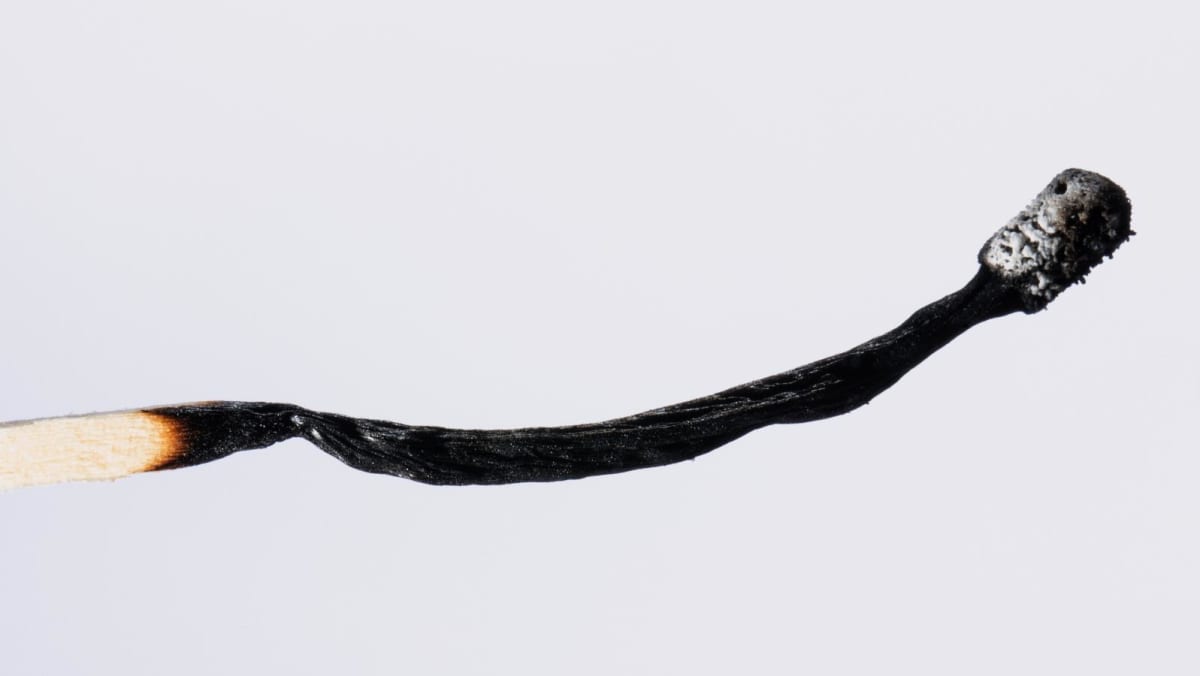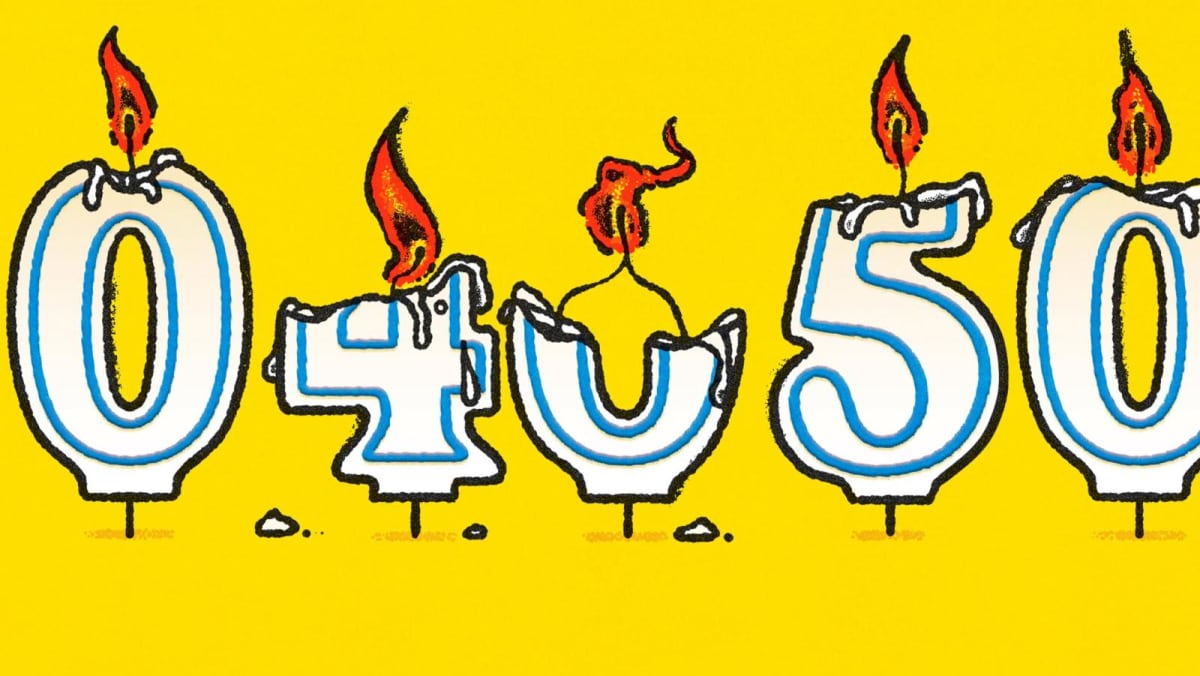To effectively cough up your phlegm without hurting yourself, Dr Choo recommended using your abdominal muscles to “expel the air”. “This deep coughing method involves taking a deep breath, and holding it for two to three seconds. Then, use the abdominal muscles to forcefully expel the air,” he said.
It goes without saying that you should practise good hygiene while doing so by using a tissue to cover your coughs and sneezes, Dr Choo added.
Alternatively, there’s the huff coughing method. “It involves taking a breath that is slightly deeper than normal,” said Dr Choo. “Use your abdominal muscles to make a series of three rapid exhalations with your mouth opened. Follow this with controlled, diaphragmatic breathing and a deep cough.”
Not a fan of coughing? Other phlegm-removing ways to consider include hydrating well, using an air humidifier, gargling with salt water, using a saline nasal rinse, and keeping your head elevated. “These measures will help to ease the discomfort of the cold or flu,” said Dr Choo.
IS IT OKAY TO SWALLOW PHLEGM?
There is good reason why you feel phlegm in your throat because your body is trying to get rid of it. So, spitting it out is healthier than swallowing it.
But if you can’t find a bathroom nearby to spit out the phlegm after coughing it up, it’s no biggie to swallow it. After all, some of the sticky stuff is excreted in the digestive tract, said Dr Choo. Also, “it is okay to swallow phlegm as the germs will be digested by the gastric juices”.
Moreover, “mucus is continuously produced and swallowed subconsciously”, said Dr Tan.





